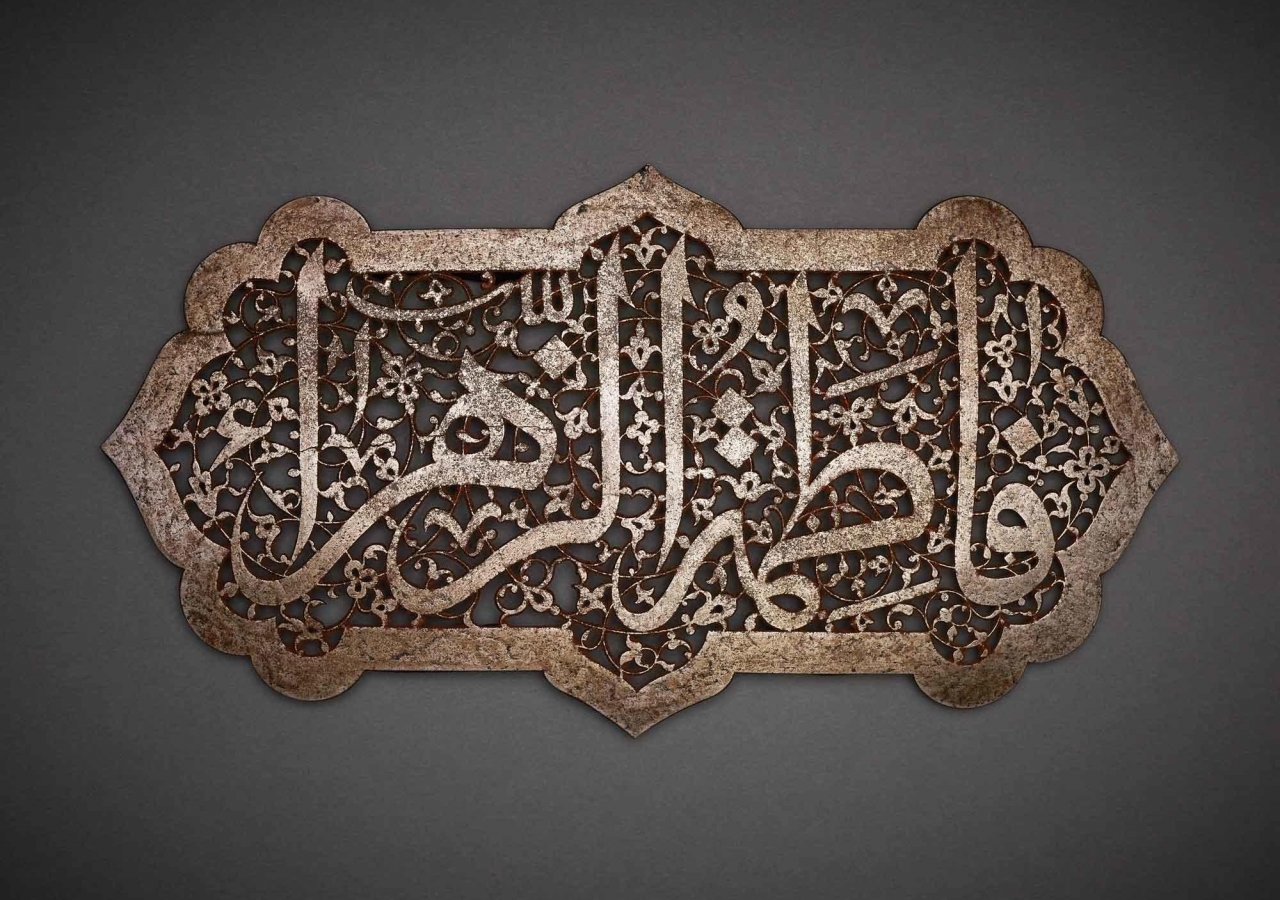Known in the Muslim tradition with the honorific title of al-Zahraʾ, the Radiant1, Hazrat Bibi Fatima (alayha as-salaam, Peace be upon her) was Prophet Muhammad (sallaʾllaahu ʿalayhi wa aalihi wa sallam, Blessings and Peace of God be upon him and his family) only living child after his passing. He loved her deeply, and is known to have said, “Fatima is a part of me, whoever harms her, harms me.”2 Al-Qadi al-Nuʿman reports a number of hadiths, sayings or deeds of the Prophet, that illustrate Bibi Fatima’s position of excellence among believers. He notes that the Prophet himself named Bibi Fatima as “the foremost lady of the whole community of believers,” and “the first lady of the women of Paradise.”3
In the Shiʿi Ismaili tradition, Bibi Fatima has a central status as the initiator of the line of Imams from the Prophet.4 Indeed, in naming their Caliphate as Fatimid, the Imams asserted their blood ties to the Prophet through his daughter.5 Similarly, al-Azhar University in Cairo (wherein azhar means the most shining) was named to honour Bibi Fatima’s title al-Zahraʾ. The Fatimids also celebrated Bibi Fatima’s birthday and made it into a holiday.6 More recently, we can observe the use of the term Zahraʾ in the calligraphy at the Ismaili Centre in Dushanbe.7
Even though the Ahl al-Bayt (the family of the Prophet) had access to resources, they chose to share it with the community. Bibi Fatima would work day and night to grind wheat to make bread, a process that often left her hands bleeding and covered in blisters.
In order to help her with her tireless work, the Prophet taught her a tasbih:
“After every prayer declare God’s greatness: say Allahu Akbar (God is Great), praise Him: say Al-hamdu lil-lah (Praise be to God) and glorify Him: say Subhan Allah (Glory be to Allah) thirty-three times. Thereafter end by saying la ilaha illa’l-lah (there is no deity other than God). This will be better than the world and what it contains, and better than what you desire.”8
Accordingly, Bibi Fatima made this tasbih a fixed practice for herself after every prayer and thus, the prayer was named after her.9
Imam Muhammad al-Baqir (alayhi s-salaam, peace be upon him) is reported to have said: “Allah has not been worshipped by anything better than [the] tasbih [of] Hazrat Zahraʾ.” Today, Shiʿi Muslims across the world continue this practice.10 In fact, the veneration of Bibi Fatima transcends the Sunni-Shiʿi divide, particularly in South Asia.11
Through this tasbih, we submit ourselves to Allah and express our trust in Him. We affirm that Allah is present and aware, as Allah says that He is closer to us than our jugular vein (Holy Qurʾan 50:16). Bibi Fatima’s tasbih, therefore, is simultaneously a call for help as well as an embodied performance that gives us spiritual strength. Let us endeavor to follow in the footsteps of Bibi Fatima and make tasbih an intentional and mindful practice in our everyday lives.
1 Annemarie Schimmel, And Muhammad Is His Messenger: The Veneration of the Prophet in Islamic Piety (UNC press, 1985); Delia Cortese and Simonetta Calderini, Women and the Fatimids in the World of Islam (Edinburgh University Press, 2006), p. 6.
2 Cortese and Calderini, Women and the Fatimids in the World of Islam, p. 7.
3 Ibid. p. 7.
4 Ibid. p. 7.
5 Ibid. p. 5.
6 Ibid. p. 9.
7 See the patterns here:
https://the.ismaili/ismailicentres/dushanbe/gallery-architecture-dushanbe
8 Al-Qadi al-Nuʿman, Da’aim al-Islam, as cited in STEP, Qurʿan module, Vol 1, p. 47.
9 Ibid., p. 47.
10 Al-Hur al-Ameli, Wasael al- Shiʿa, 1403 A.H., Abwab Taqib, Vol. 4, p. 1024.
11 See for example, Sufia M. Uddin, “Religion, Nature, and Life in the Sundarbans,” Asian Ethnology, Vol. 78, No. 2 (2019), pp. 289-310.
Adapted from the article appeared February 2021 at the.ismaili USA







